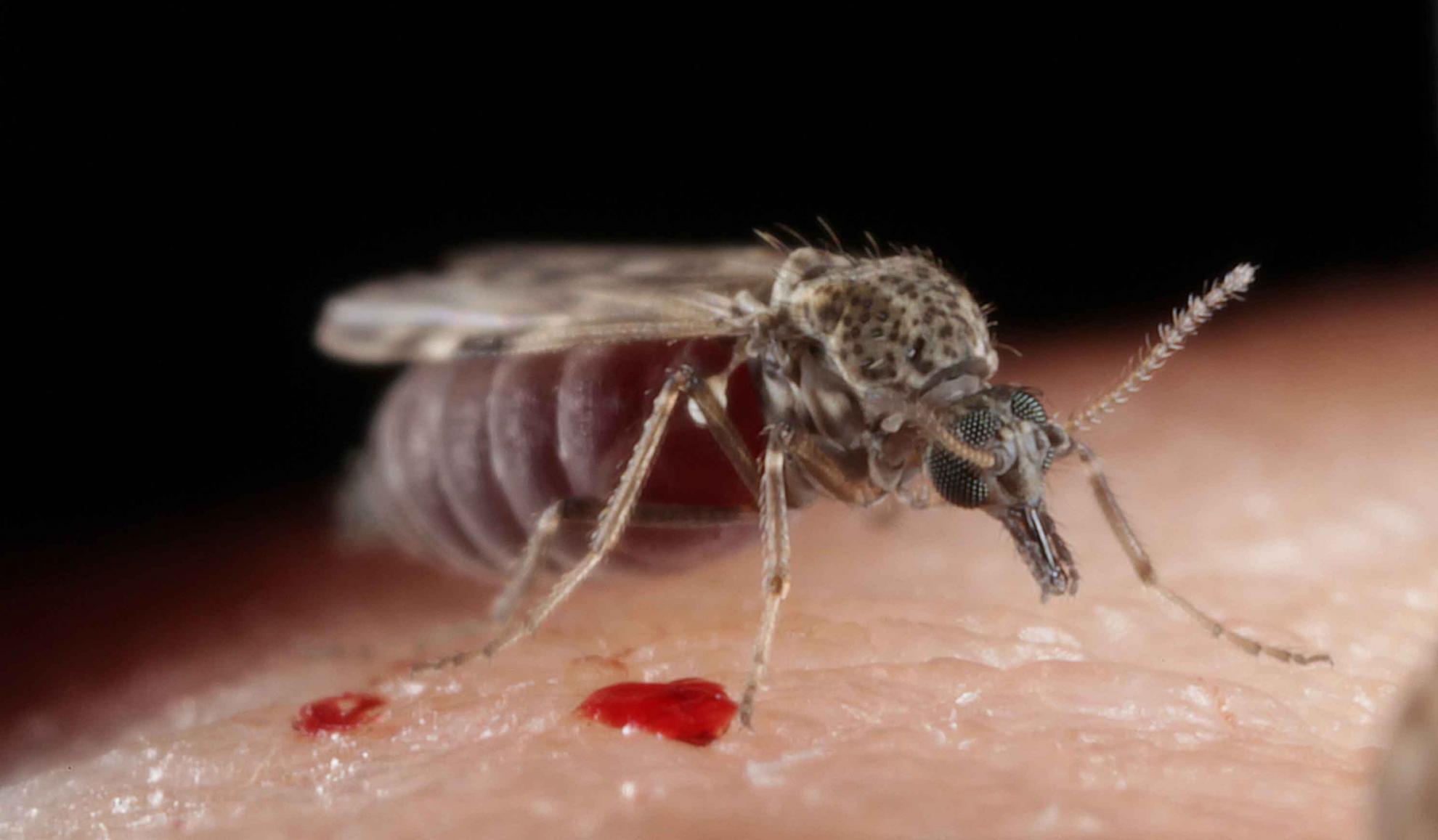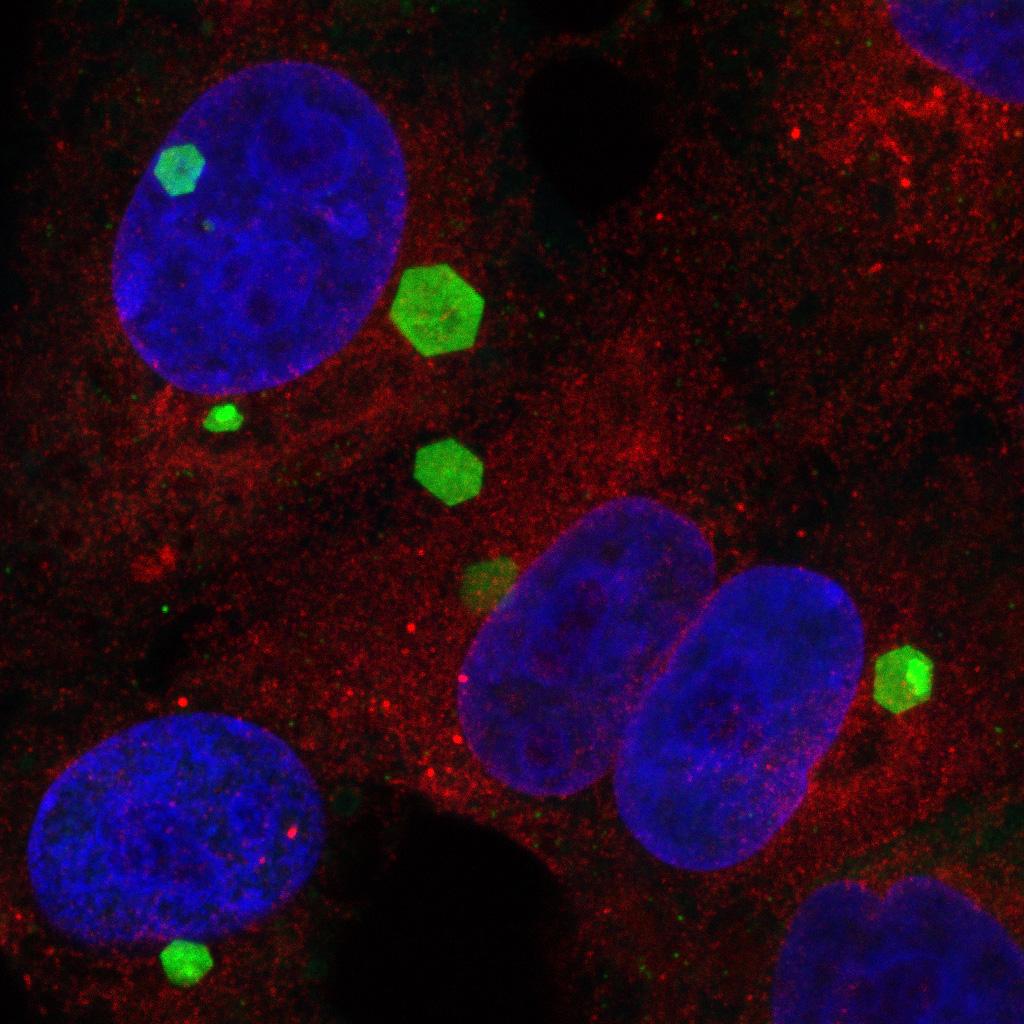Can insecticide-treated netting provide protection for Equids from Culicoides biting midges in the United Kingdom?
BACKGROUND: Biting midges of the genus Culicoides Latreille, 1809 (Diptera: Ceratopogonidae) cause a significant biting nuisance to equines and are responsible for the biological transmission of African horse sickness virus (AHSV). While currently restricted in distribution to sub-Saharan Africa, AHSV has a history of emergence into southern Europe and causes one of the most lethal diseases of horses and other species of Equidae. In the event of an outbreak of AHSV, the use of insecticide treated nets (ITNs) to screen equine accomodation is recommended by competent authorities including the Office International des Epizooties (OIE) in order to reduce vector-host contact. METHODS: Seven commercially avaliable pyrethroid insecticides and three repellent compounds, all of which are licensed for amateur use, were assessed in modified World Health Organization (WHO) cone bioassay trials in the laboratory using a colony line of Culicoides nubeculosus (Meigen), 1830. Two field trials were subsequently conducted to test the efficiency of treated net screens in preventing entry of Culicoides. RESULTS: A formulation of cypermethrin (0.15% w/w) and pyrethrins (0.2% w/w) (Tri-Tec 14(R), LS Sales (Farnham) Ltd, Bloxham, UK) applied to black polyvinyl-coated polyester insect screen (1.6mm aperture; 1.6mm thickness) inflicted 100% mortality on batches of C. nubeculosus following a three minute exposure in the WHO cone bioassays at 1, 7 and 14days post-treatment. Tri-Tec 14(R) outperformed all other treatments tested and was subsequently selected for use in field trials. The first trial demonstrated that treated screens placed around an ultraviolet light-suction trap entirely prevented Culicoides being collected, despite their collection in identical traps with untreated screening or no screening. The second field trial examined entry of Culicoides into stables containing horses and found that while the insecticide treated screens reduced entry substantially, there was still a small risk of exposure to biting. CONCLUSIONS: Screened stables can be utilised as part of an integrated control program in the event of an AHSV outbreak in order to reduce vector-host contact and may also be applicable to protection of horses from Culicoides during transport.
Back to publications

